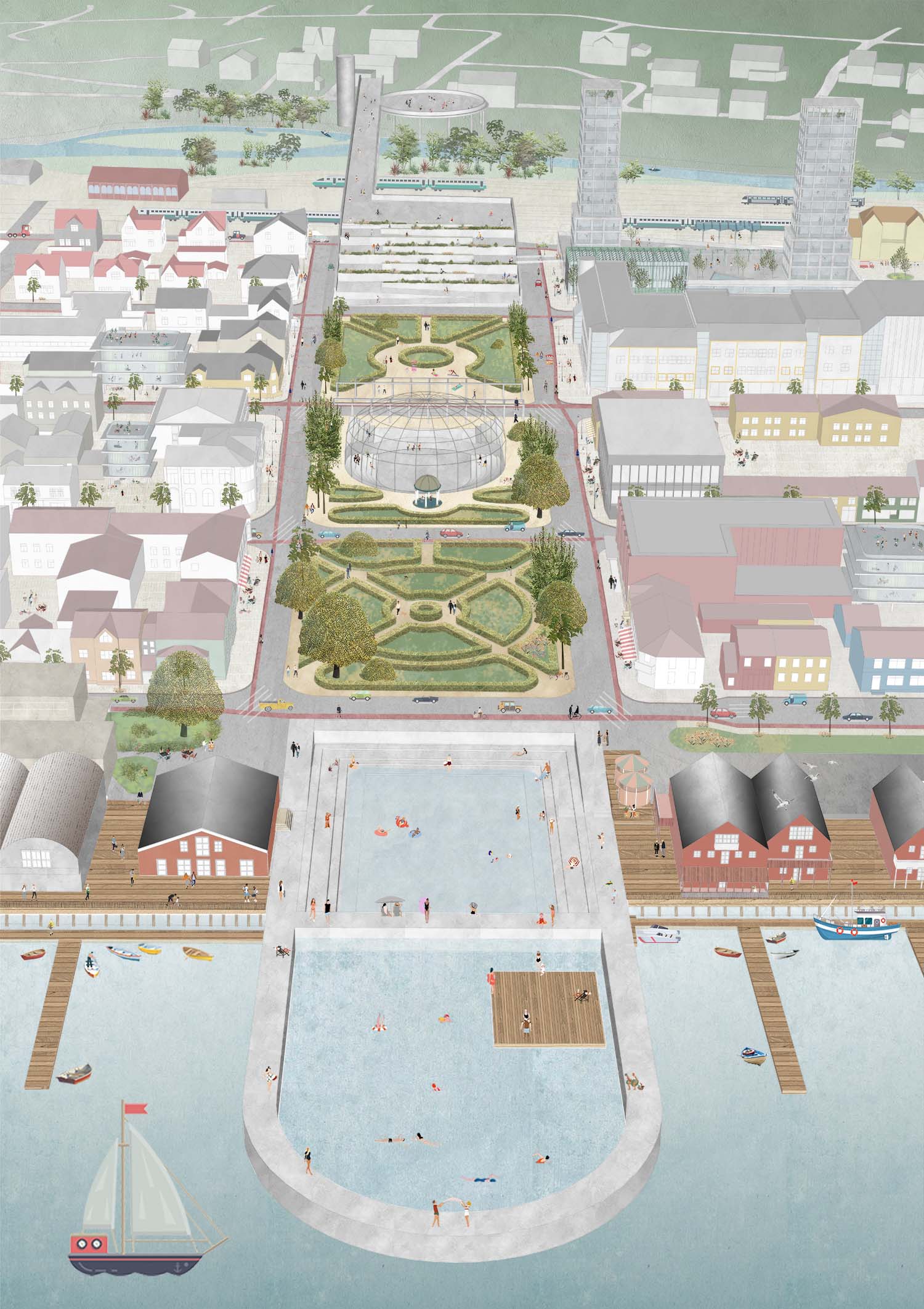Building up on Values
Levanger (NO) - Special mention

TEAM DATA
Associates: Jonian Silaj (GR/AL) – architect urbanist, Eirini Xanthopoulou (GR) – architect
Contributors: Iraklis Romanopoulos (GR), Irene Pighi (IT), Alessandra Bonaccio (IT) – architects
Studio JUAJ + IRIX Architects
Rotterdam
www.juaj.nl / irix.co
See the complete listing of portraits here
See the site here
TEAM PORTRAIT
INTERVIEW
Click on the images to enlarge
1. How did you form the team for the competition?
We knew each other from the university, in Greece. We (Jonian, Eirini and Iraklis) studied at the Architecture School of Democritus University of Thrace (DUTH), in Xanthi. Two of us (Jonian and Iraklis) were even at the same year and we even cooperated in academic projects together. Later we all moved to The Netherlands for studies and we also formulated our own private practices while working in other offices as well. Jonian created Studio JUAJ and Eirini & Iraklis created IRIX Architects. The other two team members – Alessandra and Irene – were part of the IRIX Architects team.
2. How do you define the main issue of your project, and how did you answer on this session main topic, Living cities?
This year’s main topic – Living Cities - brought us to rethink what the priorities should be in the urban agendas. How to address the co-existence of the different ecosystems and how these new relations come to generate inhabited milieus. Prior to the existing health circumstances, facilitating the creation or the densification of communities related mainly to workspace and the shared economy. It was mainly co-creation, innovation and productivity that drove the attention of the architects and/or urban planners. Recently, the need for “connected-ness“ on a broader scale has however been highlighted as an essential facet of living cities. Placemaking has come to be used as a key facilitator of community building and has therefore become an increasingly essential facet of any design. Trying to define from distance, how an international theme touches a small town in northern Europe we started to dig in a bit deeper.
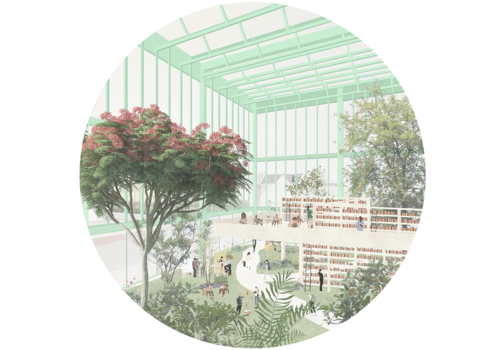
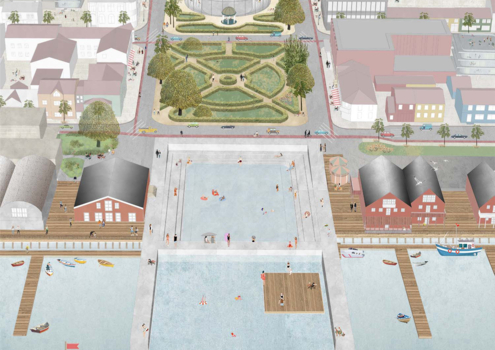
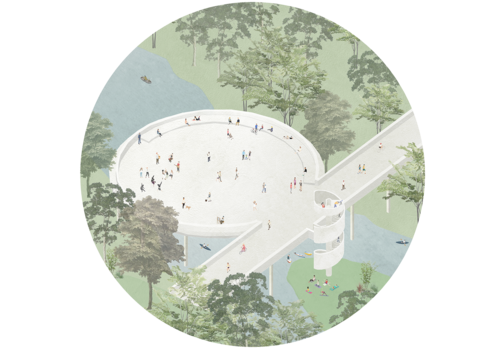
We consider that to connect socially or physically is as basic as to have shelter. This had consequences in the way that we started to think about the steps that we needed to thoroughly take to start giving answers to the themes and the sub-themes of Europan and more specifically to the study and project site. Starting from the level of the urban planning to infrastructure system to public space design and architecture, therefore from macro to micro, we aimed to bring a level of elaboration (from “doughnut planning“ to complex planning) which led ud from monofunctionality of spaces to a considerable social (broad or local) connectivity and vitality.
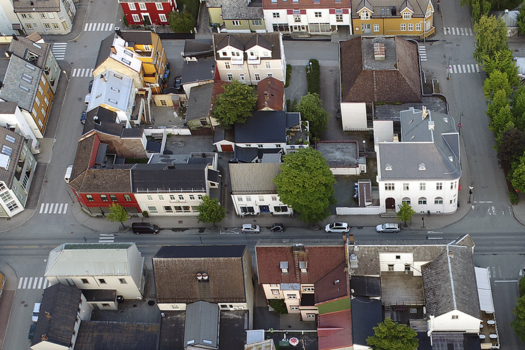
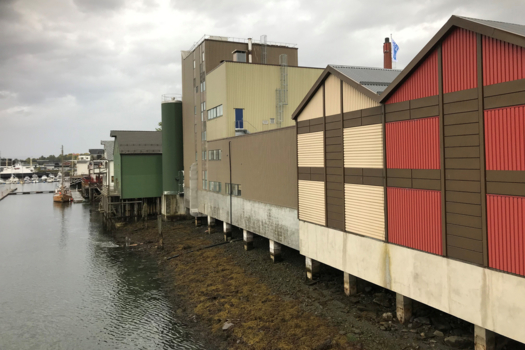
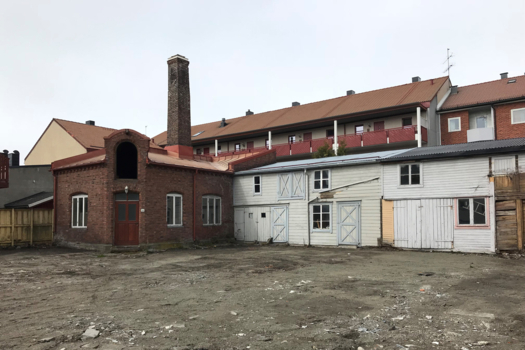
In one or the other way we have always tried to consider metabolic systems and inclusive design in our projects. A big city or a small town makes no difference to meet the high standards of the 21st century urgencies. Regarding references … we like to refer to Northern European projects or Swiss projects without naming any…Big steps have been done here but yet, there is still more to be done…
5. Urban-architectural projects like the ones in Europan can only be implemented together with the actors through a negotiated process and in time. How did you consider this issue in your project?
We introduced an organizational scheme (9+1 principles) that overcomes traditional views of a city development and can potentially lead only to the enrichment of the existing situation. These principles were: 01. Small towns, big living 02. Mobility as public space 03. Know my city, make my city 04. Water is Levanger 05. Sleep with your windows open 06. Culture is our second language 07. Bring over an idea, bring you 08. Energy is mutual 09. Building with color and light +1. A city to grow within - As you see, they mostly concern actors and processes in time that without, there can hardly be any implementation.
6. Is it the first time you have been awarded a prize at Europan? How could this help you in your professional career?
Only Jonian Silaj. (Jonian : I love the Europan Competition and therefore I have participated 3 times in total. All 3 of them came with an award or some kind of distinction. The first time was Europan 14, Amsterdam, Piarcoplein were I was awarded a special mention and the second time, Europan 15, Rotterdam, the city where we live and work. There I was shortlisted for the site in Groot-Ijsselmonde with my proposal : Hubs of Productive Socialities. The third time, Europan 16 was this, the city of Levanger where together with Eirini and her team, we have again a special mention.) The themes of Europan have continuously been intruiguing our interest and the research and the complex way of thinking that it requires, have become important elements for current and future projects concerning the city of the 21st century.
TEAM IDENTITY
Office: -
Function: architecture, urbanism
Average age of the associates: 33 years old
Has your team, together or separately, already conceived or implemented some projects and/or won any competition? if yes, which ones?
IRIX Architects:
- First Price “COMMUNITY SOCIAL HOUSING AUTHORITIES TO ECO DESIGN” Axio, Thessaloniki, (GR). Architectural European Competition
- Finalist: Young Architects Competitions “Space of Culture”, Granarolo, Bologna, (IT)
- Finalist: Young Architects Competitions “Smart Harbor”, Pesaro (IT)
Jonian Silaj/Studio JUAJ:
- Special Mention : EUROPAN 16 COMPETITION, 2021 LEVANGER (NO)
- Shortlisted: EUROPAN 15 COMPETITION, 2019 ROTTERDAM (NL)
- Shortlisted: BLAUGRÜNER RING COMPETITION, 2019 DUSSELDORF (DE)
- Special Mention /3rd Place EUROPAN 14 COMPETITION, 2017 AMSTERDAM (NL)
- Mention: TIRANA DESIGN WEEK, 2016 TIRANA (AL)
- Mention: 36 HOURS CHALLENGE 2016 JAKARTA (ID)

